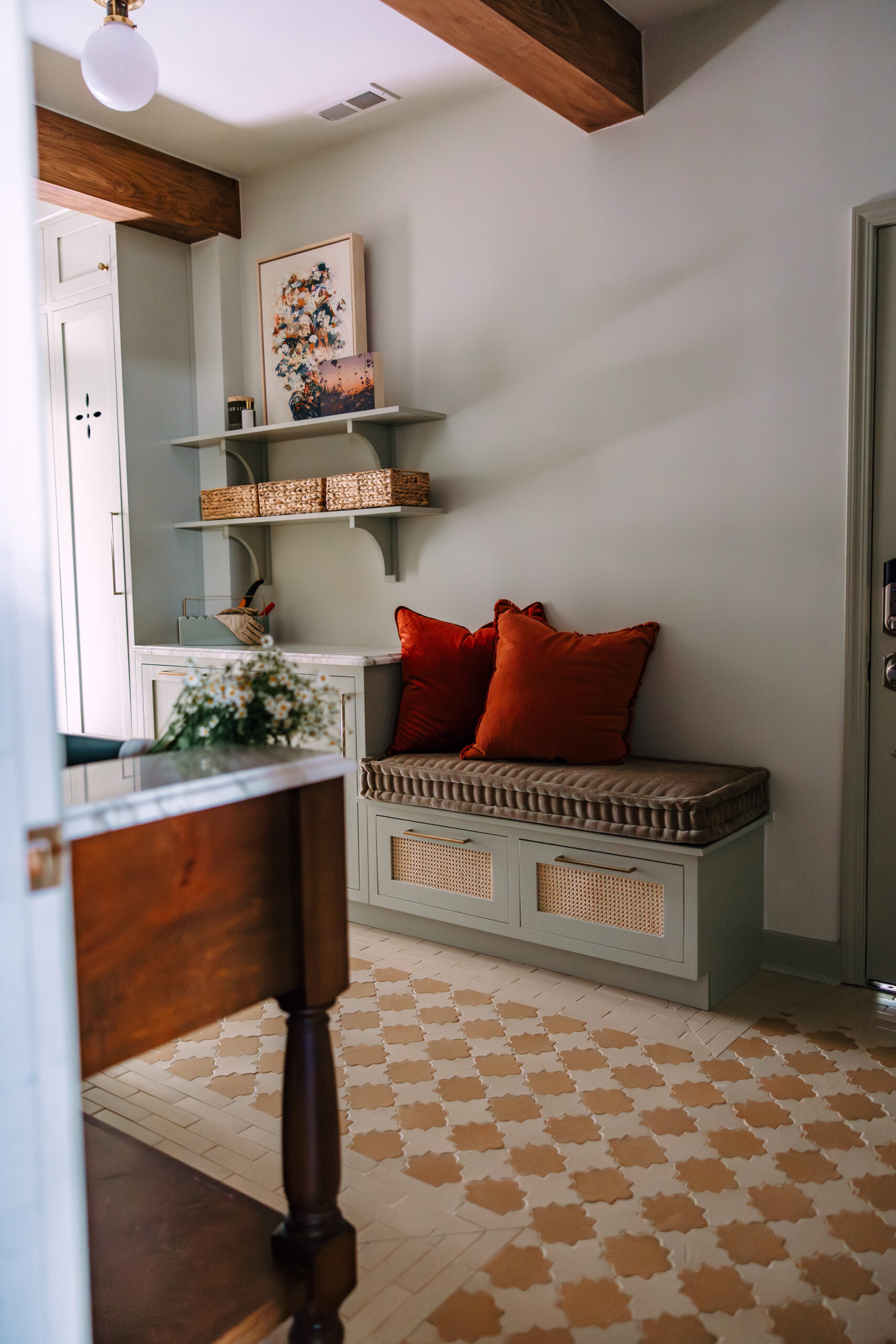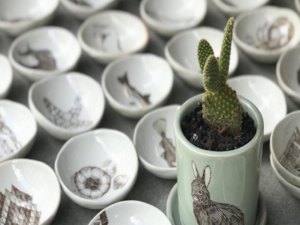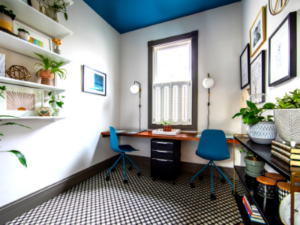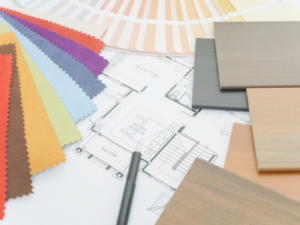The Psychology of a Well-Designed Home
January 21, 2025
How Thoughtful Design Can Improve Mood, Productivity, and Connection
Your home is more than just walls and furniture; it’s the backdrop to your life. It’s where you unwind, where your kids build pillow forts, and where late-night conversations happen over tea. But have you ever thought about how your home feels? Intentional design goes beyond aesthetics; it’s about creating spaces that boost mood, support productivity, and foster meaningful connections. Here are some universal tips for using psychology to design a home that’s both beautiful and functional:
1. Color | Setting the Mood with Every Hue
Did you know color can impact how you feel? Our brains are wired to respond to different hues in surprising ways.
- Need a space that helps you unwind? Soft blues or greens mimic nature and tell your brain to relax. Think spa vibes, but for your bedroom or bathroom.
- Need a space that helps you get stuff done? Shades of yellow and orange stimulate creativity and focus, ideal for a home office.
- Want a cozy space that gives you warm, fuzzy feels? Go neutral, but not boring. Warm beiges or taupes create cozy, inviting spaces.
Here’s the psychology: Colors with long wavelengths (reds, oranges, yellows) are stimulating colors. Colors with short wavelengths (purples, blues, greens) are calming colors. Red works well for accents and tiny details.
2. Layout | The Secret Sauce for Connection
How you arrange your furniture should be about creating a natural flow.
- Want more conversations? Forget the old “TV as the focal point” rule and center a cozy seating area around a coffee table.
- Need to stay focused? Clear pathways, minimize distractions, and make sure your desk faces something that inspires you (i.e., a window or artwork).
- Craving some “me time”? Design a nook just for you—a plush chair by the window or a hidden corner with your favorite books.
Here’s the psychology: Studies suggest a room’s layout can directly affect our mood. Prioritize flow, minimize clutter, experiment with symmetry, and remember that sometimes less is more.
3. Lighting | The Game Changer
Lighting, like color, sets the tone. Get it right, and the impact is transformative.
- Feeling drained? Maximize natural light with sheer curtains or strategically placed mirrors.
- Need options? Layer your lighting. Combine overhead lights (ambient), task lights (like a desk lamp), and accent lights (sconces) to set the vibe for every moment.
- Want cozy comfort? Warm bulbs are your best friend. Soft, warm light in living rooms or bedrooms makes everything feel more inviting.
Here’s the psychology: Adjustable lighting mimics the natural light cycle. It’s a simple way to trick your brain into staying energized during the day and winding down in the evening.
The Takeaway
A well-designed home is built with intention. So, where will you start? Maybe it’s painting an accent wall or finally rearranging the living room furniture for better flow. Wherever you start, remember: a beautiful home isn’t perfect—it’s a space that feels right.

Your dream home is a conversation away…



